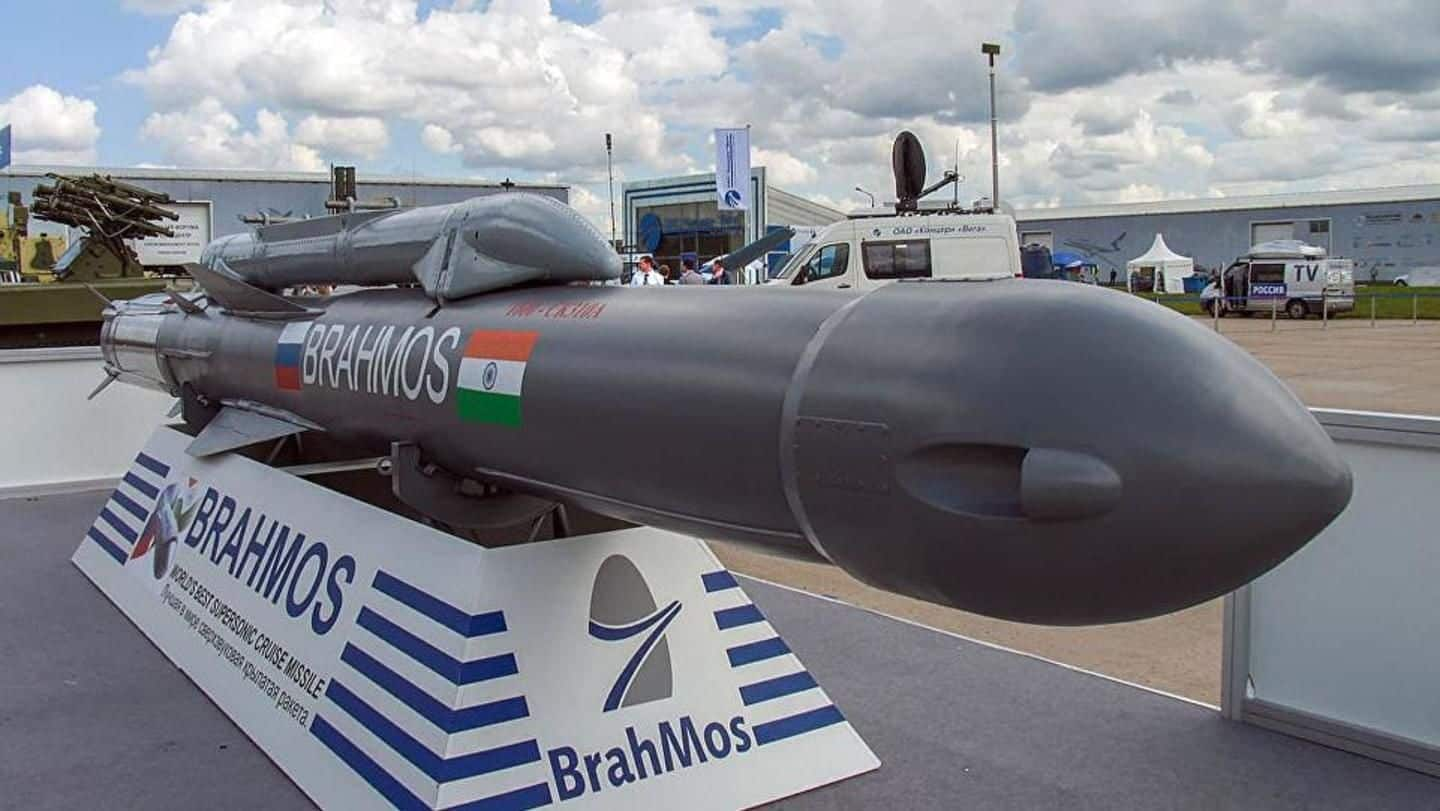
BrahMos, world's fastest supersonic cruise missile, successfully flight tested
What's the story
India's BrahMoS, the world's fastest supersonic cruise missile, was successfully flight tested from Rajasthan's Pokhran test range today.
The missile, flying at nearly thrice the speed of sound at Mach 2.8 with a 290km range, was first tested successfully in 2001.
It can be launched by land, air and sea, and is being integrated on 40 Sukhoi fighter aircraft. Here's all about it!
History
BrahMos derives name from Brahmaputra and Moskva rivers
In the 1990s, India felt the need for a powerful cruise missile system and roped in Russia for the project.
In 1998, a bilateral Inter-Governmental Agreement was signed paving the way for BrahMos Aerospace.
This is a joint venture between India's Defence Research and Development Organization (DRDO) and Russia's NPO Mashinostroyenia (NPOM).
The name BrahMos comes from the Indian River, Brahmaputra, and Russia's Moskva.
Information
Specifications of the supersonic missile
The Brahmos is a ramjet supersonic cruise missile based on Russia's P-800 Oniks missile. It carries a conventional warhead weighing 200-300kgs and can potentially carry nuclear warheads. The supersonic speeds make it nearly impossible for enemies to intercept the missile, renowned for its pinpoint precision.
Capabilities
The BrahMos can be fired on land, water and air!
Since 2001, the missile has undergone a series of trials and been inducted into the army and navy.
The missile comes with sea- and land-launched variants to take on various targets.
The sea-launched variants are deployed aboard Indian Navy frigates and destroyers for anti-shipping roles.
The lethal anti-ship variant has sea-skimming capability, making it very difficult to detect and intercept.
Air Force
But BrahMos' launch from Sukhoi-30MKI is significant
However, the airborne version is more versatile: a Sukhoi can travel 1,500km before firing, and the missile can then travel another 400km.
Compared to a slow-moving warship, a Sukhoi-BrahMos combination can deliver a knockout attack in minutes.
A major milestone came in November, when it was successfully test fired from a Sukhoi-30.
The project is expected to be completed by 2020.